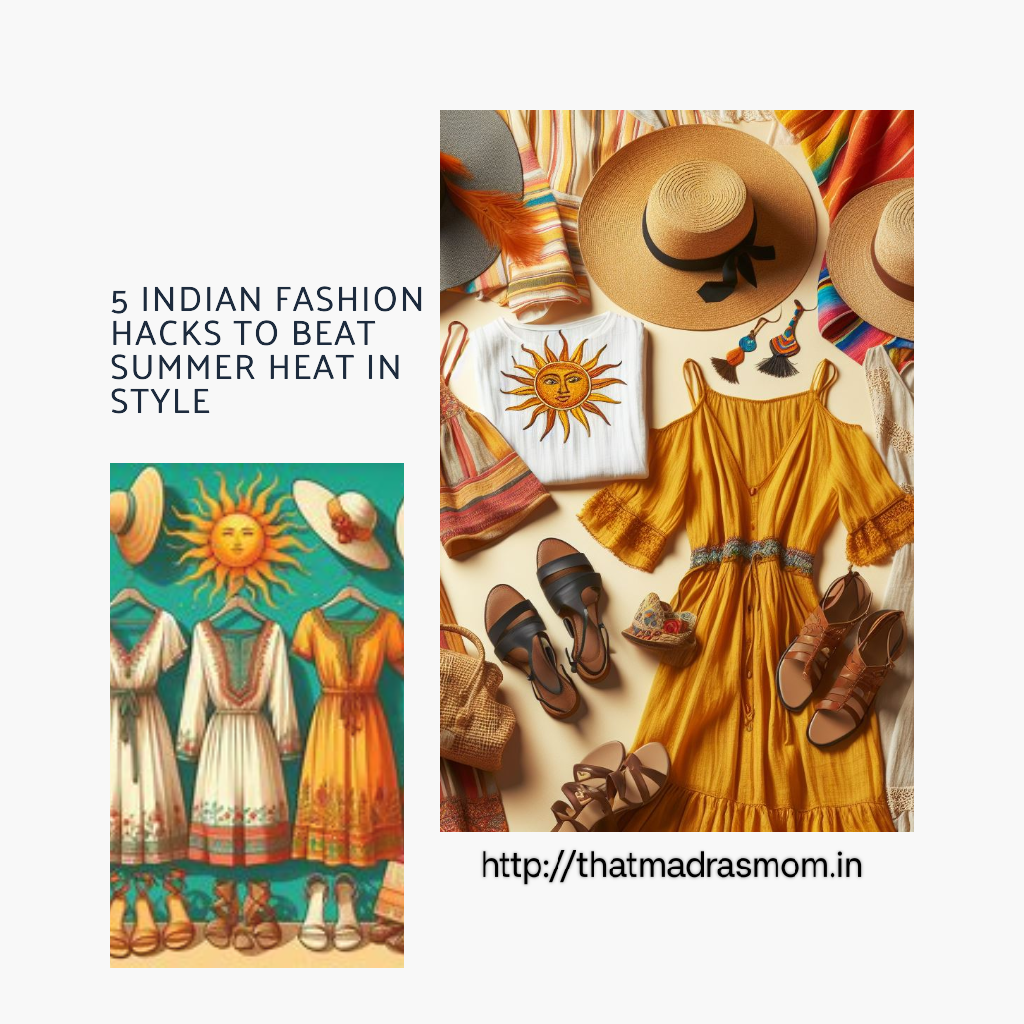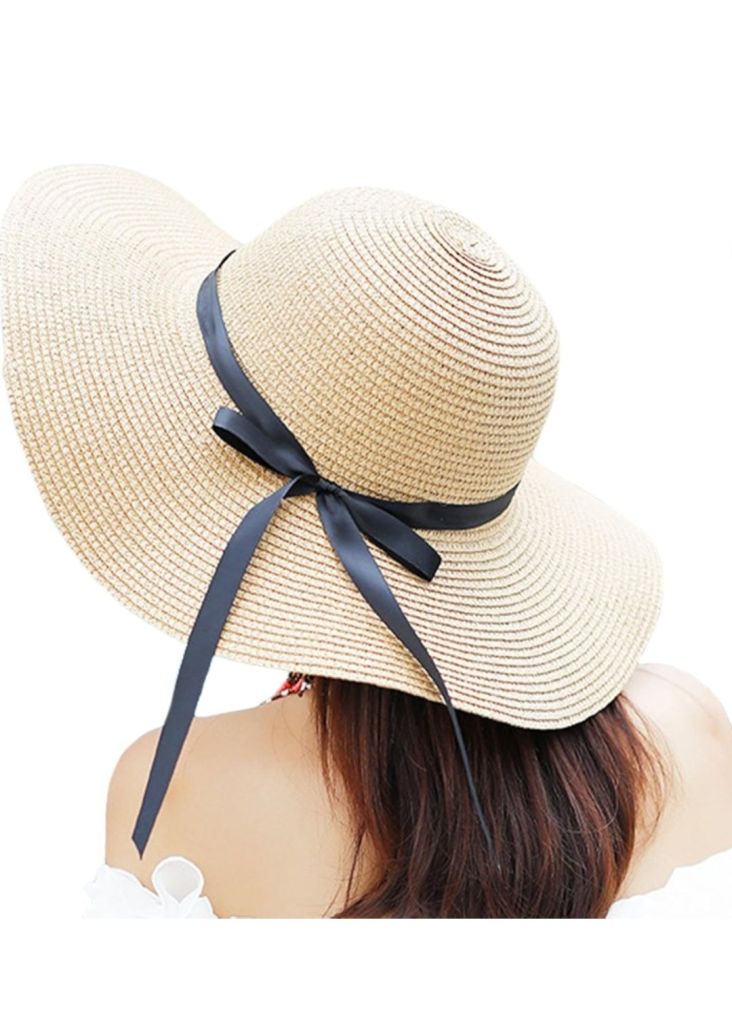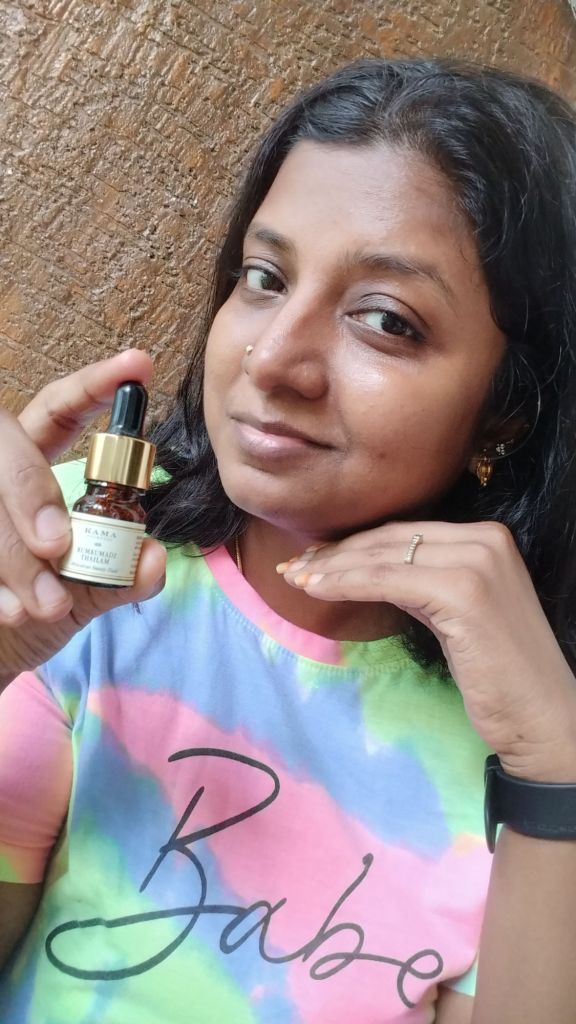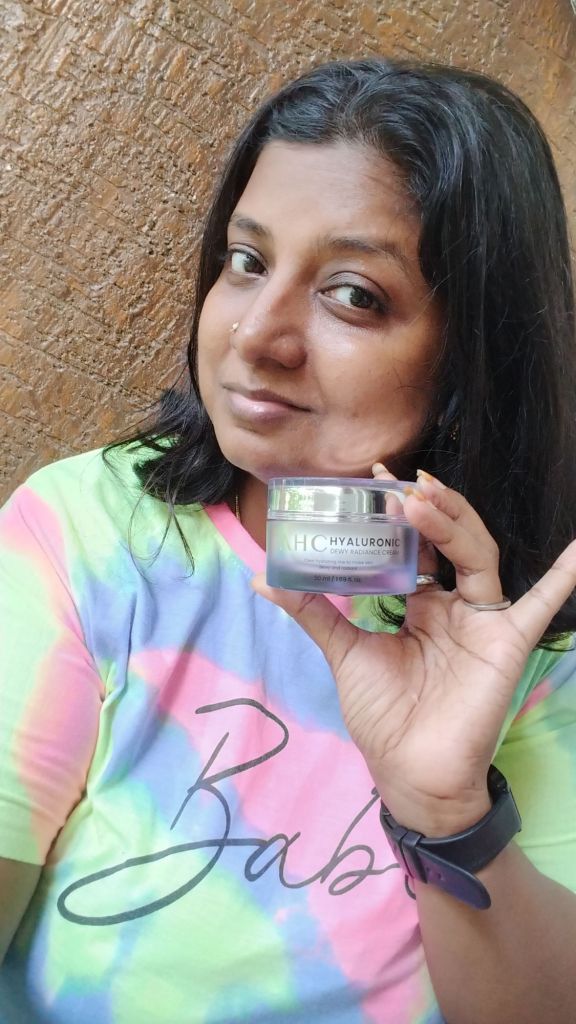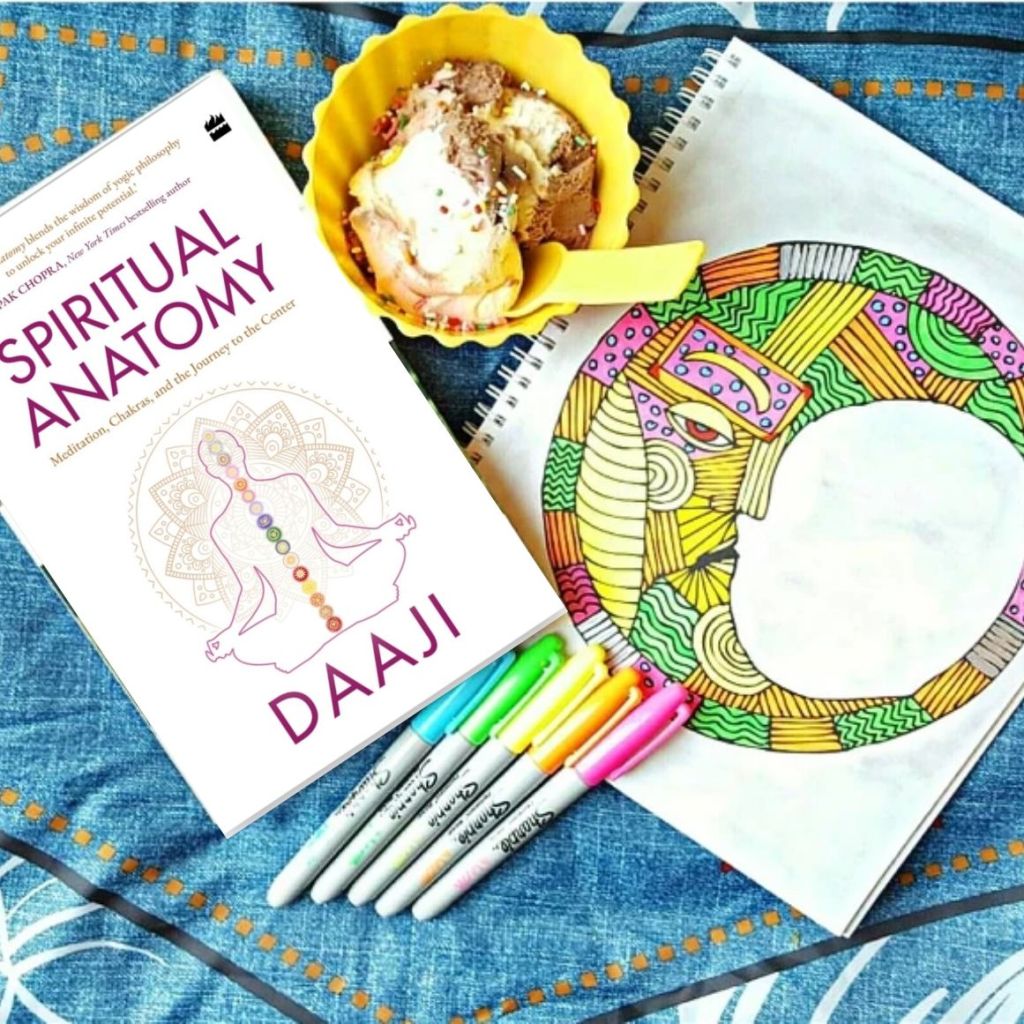
Fashion is always evolving, be it a week or a month it keeps changing. With the change in the fashion landscape and the test of time, certain weaves stand unshakable, like the weave of chikankari. Delicate threads being woven into intricate patterns on soft cotton fabric is the art of chikankari. An ancient Indian art form, the chikankari is a testament to tradition, beauty, and skillful craftsmanship.
The embroidery is typically done in white thread, with intricate patterns and mesmerizing motifs that dance across the fabric. Chikankari kurtis are evergreen attires that have endless grace and charm. Apparel from Lucknow, India the chikankari kurti Is a symbol of timeless beauty and elegance.
Chikankari- An essential in every wardrobe
Whether it’s a casual day, party, or a formal occasion, the chikankari kurta effortlessly fits the bill.
Comfort and Elegance
If you want to look elegant and also look for a comfort fit, kurta is the perfect match. And a chikankari kurti is an embodiment of all these fit conditions.
Since it is lightweight and airy on the fabric it is perfect for everyday wear, from running errands or even attending a formal meet.
Styling the Chikankari Kurta
Dupatta: Pairing the chikankari kurta with a chikankari palazzo and dupatta adds elegance making it perfect for a day out to shop or a quick hangout with friends.
Contemporary style:
Denim jacket and sneaker with a chikankari kurti will make you rock the contemporary look.
Accessories: The chikakari kurta is like a versatile canvas that can be styled with a choker, clutch, and statement Jhumki to elevate the style.
Footwear: Pairing your kurta with the right footwear hits the correct notch. If you want to rock the traditional look opt for Punjabi juttis, kolhapuris and if you want to rock the modern look go for flats or even sneakers.
The magic of layering
Layering can be carried out by styling it with a stole or a shrug. Layering adds to the indo-fusion look beautifully.
When browsing the Internet for authentic chikankari kurtis I stumbled upon the House Of Chikankari. This website is a treasure trove for lovers of exquisite hand-embroidered fashion. Founded by a mother-daughter duo Poonam and Akriti Rawal, the mission of the brand is to revive and preserve the art of chikankari. This is seen as each piece is precisely crafted by skilled artisans, ensuring authenticity and quality.
They have a wide range of kurtas, palazzos, and dupattas. Their range includes clothing for both men and women. Their range starts from 1000-10000.
I personally loved exploring the different celebrity collections- Mira Kapoor, Meher Taluja and Simran Sethi Bedi.

I ordered a mulmul straight short kurta in red from the Mira collection and a Zainab mulmul straight kurta. I was initially doubtful with respect to the sizes when I compared it with the size chart that was provided but I must say the fit was perfect once I tried them out.

I loved the packaging that encased the garment inside two layers—personally loved the little chikankari pouch and the card that listed the different stitches which was very informative. I also checked out their mobile app, which was an easy experience to make shopping smooth.
Chikankari kurtis are not just clothing but a celebration of elegance, beauty, and artistry.










